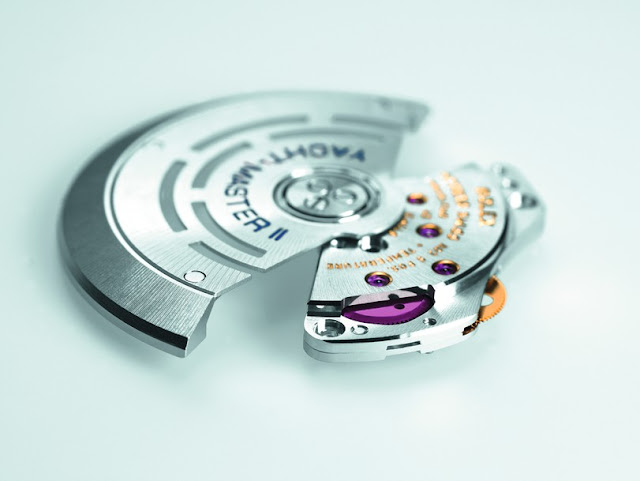Rolex Perpetual Rotor
March 31, 2016
Anyone who has done research on Rolex models online has probably wondered why the words 'Oyster Perpetual' appear at the beginning of most model names. The company holds many patents on their technologies and while the patent on their Perpetual rotor expired in 1948, it still represents a technological advancement that made history in the watchmaking industry.
 |
| Rolex Perpetual Rotor |
Rolex's Perpetual rotor, which became the industry standard after their patent expired, works by capturing the energy caused by the 360º movement of the half-moon shaped oscillating weight and transmitting it to the mainspring. There is a clutch system that prevents the rotor from overwinding and conserves the energy in the watch for up to two or three days, depending on the power reserve of the watch.
The Perpetual rotor uses kinetic energy created by wrist motion and gravity to power the movement, a departure from previous technology that required the wearer to wind the crown manually to power the wristwatch.
In the age of the smartphone - and smartwatch - it is easy to understand why a self-winding wristwatch is more desirable than a watch you have to wind yourself. Rolex's Perpetual rotor is an innovation that has provided convenience and ease to the wristwatch wearers for almost 100 years.
>>BACK TO TECH






0 comments